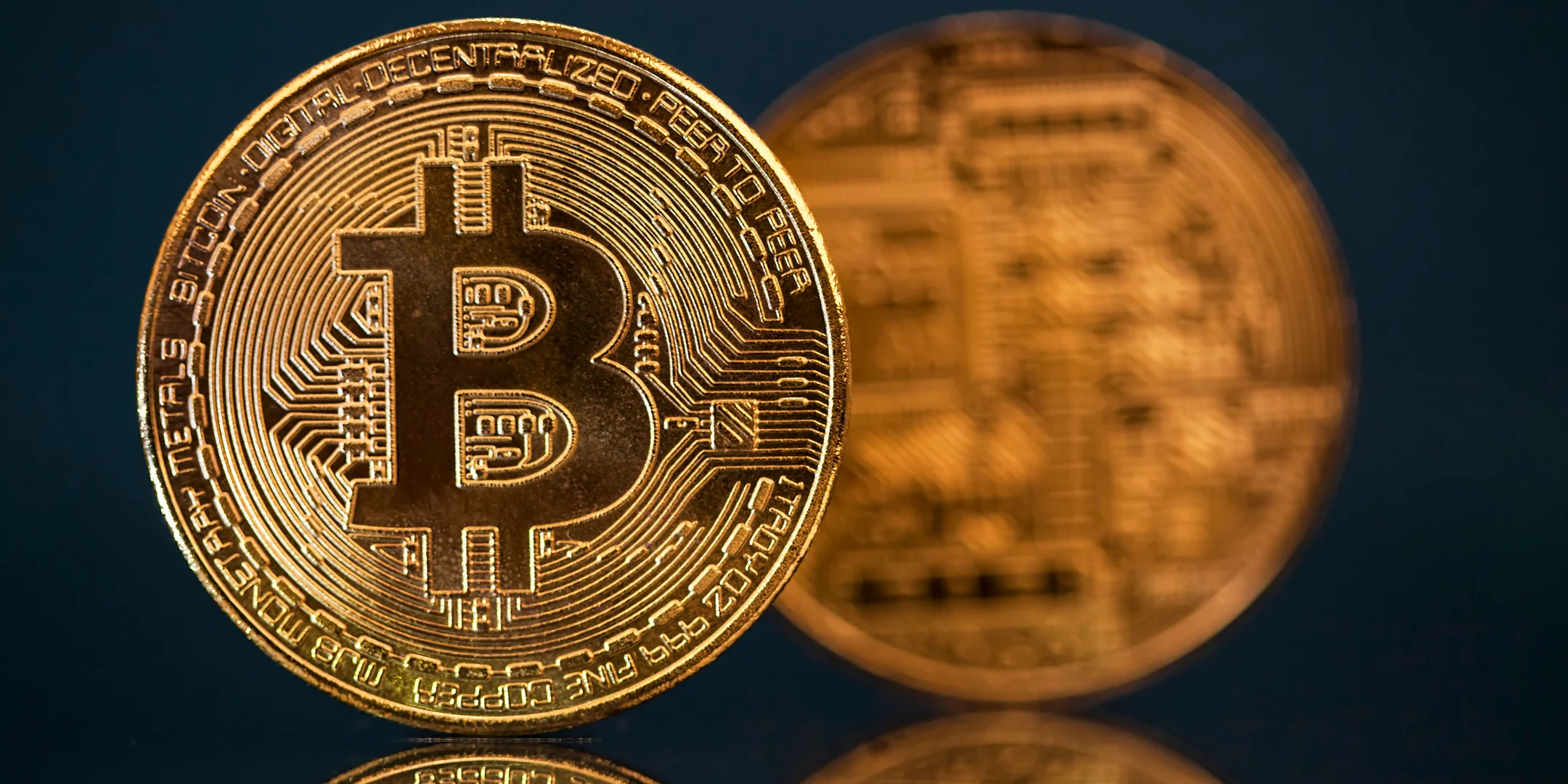The topic of double spending — or in German “double spending” — is one of the most exciting and at the same time most critical problems that had to be solved in the digital financial world. Without a reliable method of being able to issue digital values just once, it would simply be impossible to set up secure payment systems such as Bitcoin.
But how exactly does blockchain prevent double spending? What happens if someone tries to spend the same coins multiple times? And why is it so important that the network behind cryptocurrency is so robust? In this article, we dive deep into the world of blockchains and data to give you the answers.
1. What does double spending mean?
Imagine that you go to the bakery with a 10 euro note, buy yourself a sandwich and want to use the same note again in another shop immediately afterwards. In the physical world, this is impossible because you only have the ticket in your hand once.
The situation is different when it comes to digital data. If you have a file on your computer, you can copy it as often as you like. Without protection mechanisms, you could use a digital coin (i.e. coins) multiple times by simply copying the corresponding data and sending it again. This problem is known as double spending.
For digital currencies like Bitcoin, it was crucial to find a solution that prevented just that.
2. How does Bitcoin solve the double spending problem?
The answer lies in the blockchain. The blockchain is a chain of blocks in which all transactions are stored. Every new transaction — such as the transfer of coins from person A to person B — is checked by the entire network.
So-called miners ensure that only valid transactions are included in a new block. As soon as a block is filled, it is completed by a hash value (a type of digital fingerprint signature) and attached to the existing blockchain.
The trick: As soon as a transaction is saved in a block, it is considered complete. If someone were to try to issue the same coins a second time, the system would reject the transaction because it doesn't match the previous history of the blockchain.
3. Why is the network so important?
Bitcoin's decentralized network ensures that there is no central authority that decides on right or wrong. Instead, thousands of computers around the world are taking on the task of verifying and backing up all data.
If someone wanted to manipulate a single block, they would not only have to change that block, but also control all subsequent blocks as well as the majority of the network. This so-called “51% attack” is extremely complex and expensive because enormous computing power would be required.
The bigger the network, the more secure the blockchain becomes — and the harder it becomes to double spend.
4. The role of blocks and blockchain structure
A block consists of a list of transactions and a reference to the previous block. Together, these blocks form the blockchain, i.e. an immutable chain of transaction histories.
Each block also contains a hash value, which ensures that the stored data is unchanged. As soon as someone tries to change even a single transaction, the hash value would no longer be correct and the network would immediately recognize and reject the manipulation.
This creates an extremely robust system that not only prevents double spending but also offers a high level of transparency.
5. Are there risks despite blockchain?
Even though the blockchain is extremely secure, that doesn't mean that there aren't any attempts to attack. Smaller blockchains with few participants in particular are more susceptible to so-called 51% attacks because it requires less computing power to take over the majority of the network.
With Bitcoin, on the other hand, the network is considered so large and strong that the costs of such an attack would be astronomical. Decentralization is the key here: The more independent participants there are, the more secure the blockchain is.
6. How do different blockchains differ?
In addition to Bitcoin, there are numerous other blockchains, some of which use different mechanisms to prevent double spending. Ethereum, for example, uses smart contracts to map more complex processes, while other projects use alternative consensus mechanisms such as proof of stake instead of proof of work.
What they all have in common, however, is that they rely on a decentralized structure in which data is stored transparently and all participants must agree on the current state of the blockchain.
7. Double spending in practice: An example
Let's say Alice wants to send Bob 1 Bitcoin. This transaction is sent to the network and recorded in a block. As soon as the block is inserted into the blockchain, the transaction is considered confirmed.
If Alice now tries to send the same 1 Bitcoin to Charlie again, the network recognizes that the coins have already been spent and rejects the transaction.
This works because all participants have the same data about the state of the blockchain. Every transaction is publicly visible, which makes manipulation almost impossible.
8. What happens if double spending is successful?
In theory, double spending could work if an attacker took over a majority of the network. He could then change transactions retrospectively and rewrite the blockchain to his advantage.
In practice, however, this is almost impossible with large networks such as Bitcoin. The computing power required would be so high that the costs would far exceed any potential profit.
With smaller blockchains, the risk may be higher, which is why additional security measures are often incorporated here.
9. The significance for the future of digital payments
Without solving the double spending problem, the world of cryptocurrencies would be inconceivable. For the first time, blockchain has made it possible to transfer digital values securely, transparently and without central control.
It thus forms the basis for many other developments — from decentralized financial applications (DeFi) to digital identities. The ability to store data in such a way that it cannot be manipulated is a huge step forward that goes far beyond pure currencies.
10. Conclusion
Double spending was one of the biggest obstacles to the development of digital means of payment. The introduction of blockchain technology has solved this problem in an elegant way. Due to the concatenation of blocks, the use of hash values and the decentralized structure of the network, it is now virtually impossible to issue the same coins multiple times.
With its system, Bitcoin has proven how strong and robust a well-designed blockchain can be. At the same time, it shows that the secure storage and transfer of data is having revolutionary effects not only in the financial world but also in many other areas.
So if you're wondering why blockchains are so important today, they're the key to securing trust in digital systems — and at the heart of every serious cryptocurrency.
FAQ
What is double spending?
Double spending describes the problem in which digital currencies or coins are spent twice without being noticed. It is a potential vulnerability in digital payment systems.
How does double spending work?
In double spending, an attacker tries to issue the same coin multiple times by sending different transactions with the same coin before the network validates the transaction.
What is double spending?
Double spending is an attempt to use the same digital currency or coin multiple times. This happens when transactions are not correctly validated or blocked.


%202%20(1).jpg)

